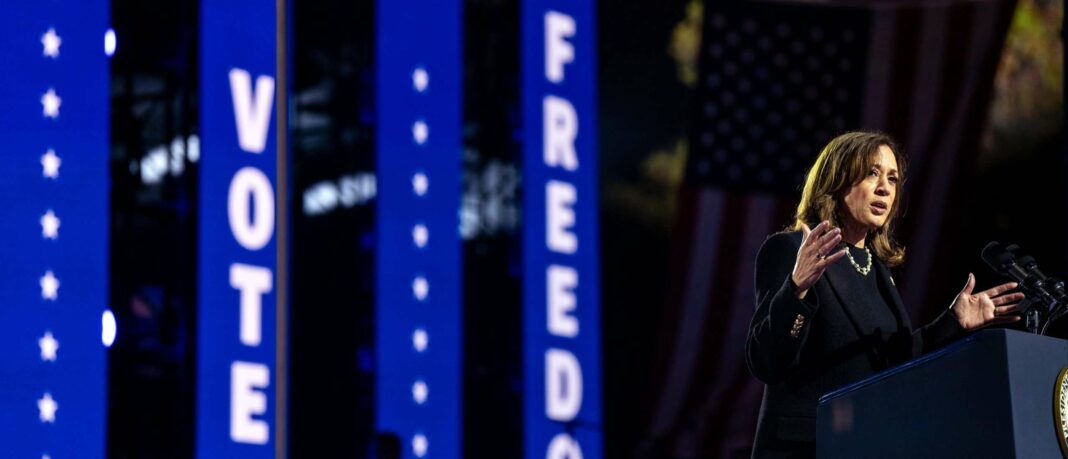In an era of rising expenses, many individuals are turning to credit options, with lines of credit often being a better choice than credit cards due to lower interest rates. Understanding the differences between secured and unsecured lines of credit is essential, as is maintaining a disciplined repayment strategy to avoid debt traps. Banks evaluate several factors, including debt-to-income ratios, when granting these lines. Experts recommend using credit responsibly and establishing an emergency fund to manage unforeseen costs.
In times when financial constraints are tight and expenses are on the rise, many individuals find themselves leaning on credit options. In such scenarios, opting for a line of credit can prove to be a more advantageous choice compared to credit cards.
Credit cards, with an average interest rate of 20%, can be quite burdensome if the full balance isn’t settled each month. This predicament is often faced by those with limited assets or a weak credit history, leaving them with credit cards as their primary borrowing tool.
If you have the option of a line of credit, it’s wise to give it precedence when seeking funds. However, it’s essential to create a repayment plan and maintain discipline in your payments to avoid falling into a debt trap.
Understanding the Two Types of Lines of Credit
It’s crucial to recognize that lines of credit come in two varieties: unsecured and secured. A secured line of credit is backed by an asset, like a home in the case of a mortgage line of credit. This type generally offers a higher credit limit and more favorable interest rates compared to unsecured options. “With a mortgage line of credit, you enjoy the flexibility of amortization over 20, 30, or even 35 years, aligning with the duration of your mortgage,” explains Carl Vignola, a private banker at TD Wealth Management in Quebec.
Unlike traditional loans, lines of credit require you to pay interest only on the amount you actually utilize. Additionally, the minimum repayments are typically limited to the interest accrued. However, it’s important to note that financial institutions reserve the right to demand full repayment or convert the line into a loan if the balance remains stagnant for an extended period, according to Vignola.
Why Choose a Line of Credit?
As of January 2025, financial institutions were offering unsecured personal lines of credit at approximately 13%, while mortgage lines of credit ranged from 6% to 7%. However, terms and rates may vary based on individual credit history and associated risks.
Even though these rates are more favorable than typical credit card rates, it’s advisable to use your line of credit primarily for financing assets such as vehicles or home renovations. “Using it to pay off credit card debt can lead to a cycle of debt—if you find yourself in that situation, it’s crucial to seek assistance and devise a repayment strategy,” he cautions.
Remember, if you only make minimum interest payments each month without reducing the principal, you may never fully eliminate your debt. A line of credit should be viewed as a temporary financial solution.
Evaluating Your Debt Ratio and Credit History
When considering applications for a line of credit, banks assess several factors including repayment capability, existing debt levels, credit history, and scores. “The eligibility for a line depends on the debt-to-income ratio. If this ratio exceeds 40%, the application is likely to be denied,” warns Vignola.
Furthermore, banks may prefer providing a loan due to the reduced risk associated with a predetermined repayment schedule, a feature that lines of credit do not offer.
Expert Tips
- The interest rates on lines of credit are variable and may fluctuate based on the rates set by banks, which correlate with the Bank of Canada’s key rate.
- Financial experts unanimously advise using credit cards strictly for transactions, ensuring that the full balance is paid off each billing cycle to avoid high interest rates of 19.99%.
- For instance, if you charge $1,000 on a credit card with a 19.99% interest rate, it could take you six years and nine months to clear the debt with only minimum payments of 4.5%, costing you over $511 in interest.
- Ultimately, the best preventive measure against needing credit is to establish an emergency fund through savings, enabling you to handle unexpected expenses without relying on lines of credit or credit cards.
